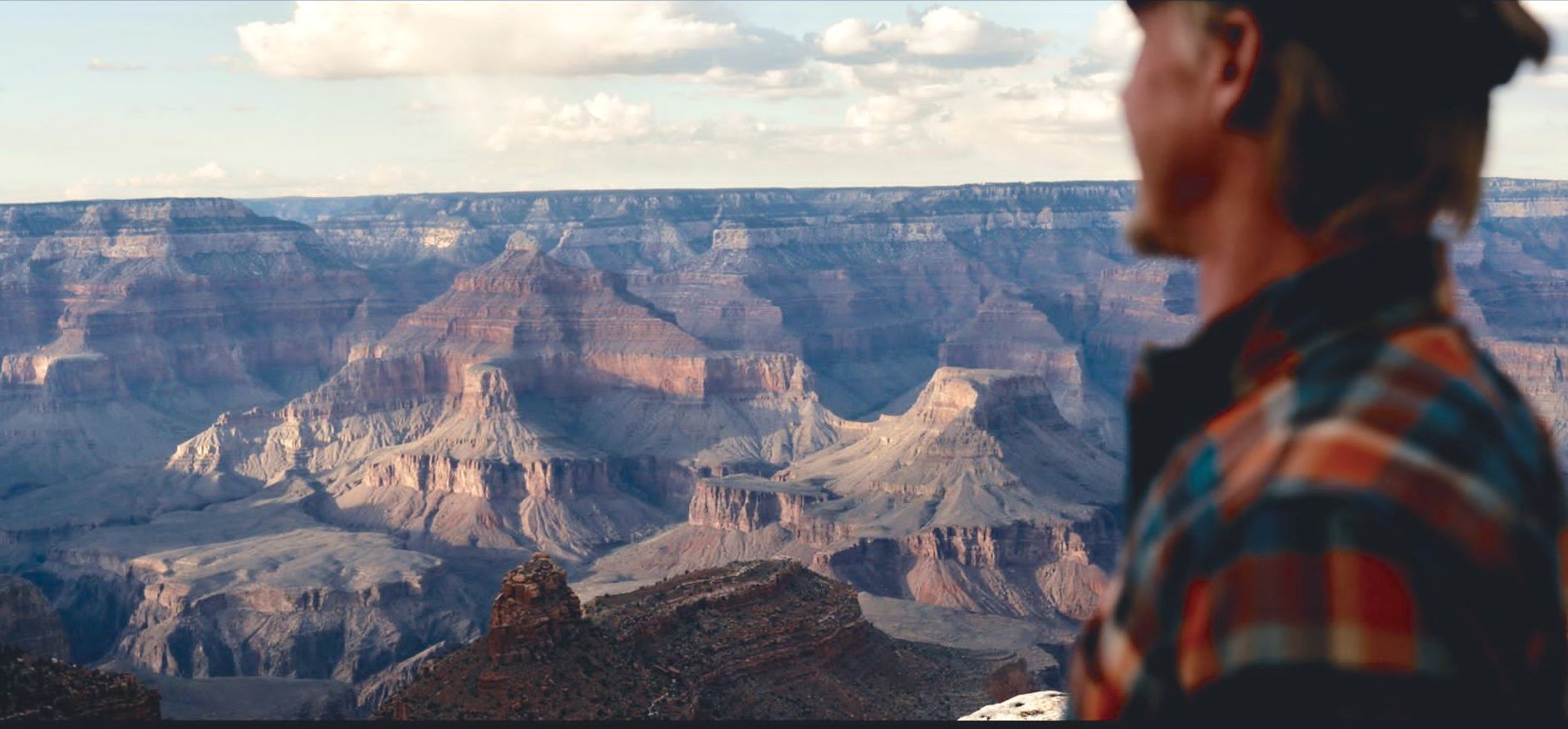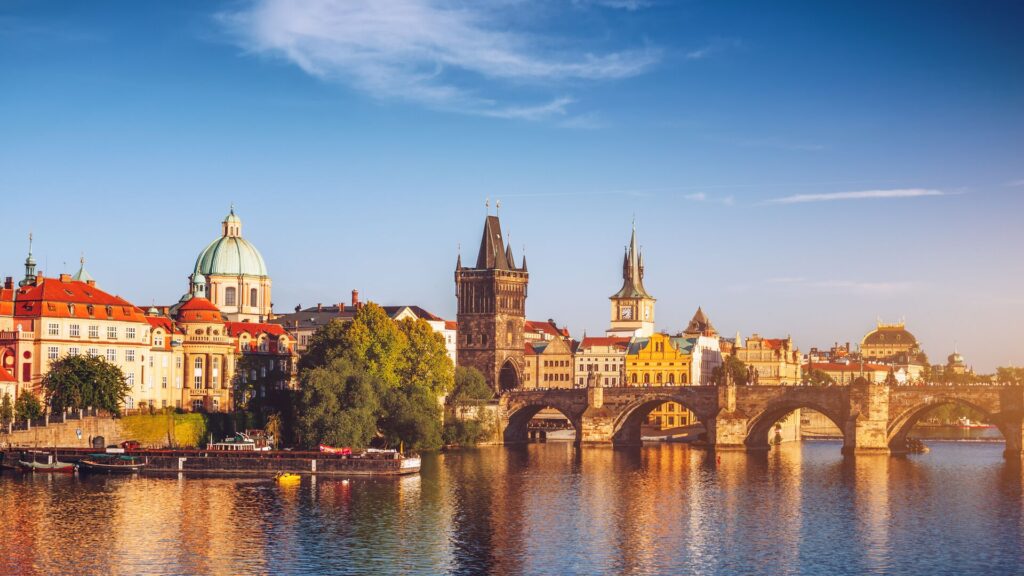The Insightful Guide to the Grand Canyon With Local Expert Tim Wilson
At 277 miles long, in places a vertical mile deep, and up to 18 miles wide at its widest point, the Grand Canyon is – incontrovertibly – one of the world’s most spectacular natural sights. But with so much of it to see, a knowledgeable guide is worth their weight in gold.
Meet Tim Wilson (aka “”Canyon Tim”), a local expert with over a decade’s experience of running tours at the Grand Canyon. As this week’s Insightful Destination Expert, Tim has not only helped us curated 5 questions for the Insightful Travel Trivia quiz (answers to which this article contains some clues for), but he’s given us an exclusive interview on this unparalleled natural wonder.
Meet Tim and discover the majesty of the Grand Canyon on Enchanting Canyonlands
Tim, what’s so special about the Grand Canyon?
“Well, the Grand Canyon is an incredible, and surprisingly diverse environment – especially when it comes to the plants and animals out here. In fact, the Grand Canyon has the greatest diversity of plant life in any national park of the United States.
“This is particularly surprising given that there’s a very low amount of rainfall and overall water during the year, so life here has had to adapt to a harsh desert environment. A lot of the diversity has to do with the dramatically different ecosystems here, based on elevation and climate – it gets hotter and drier as you get to the bottom, and cooler and wetter towards the top.”
What can you tell us about the geology of the Grand Canyon?
“The Grand Canyon has an incredible geological history. Over half a billion years of sedimentary rock layers are on display, recording much of the time before the dinosaurs. The Grand Canyon was mostly formed by water erosion, so everything you see here today is the product of the Colorado River; water and gravity working together over time.
“Studying the rocks and seeing how these changes manifest over time gives us a better understanding of how dynamic our planet is, how fast things can change, and better helps us prepare for the future.”
You may also like: Uncover the secrets of the Grand Canyon
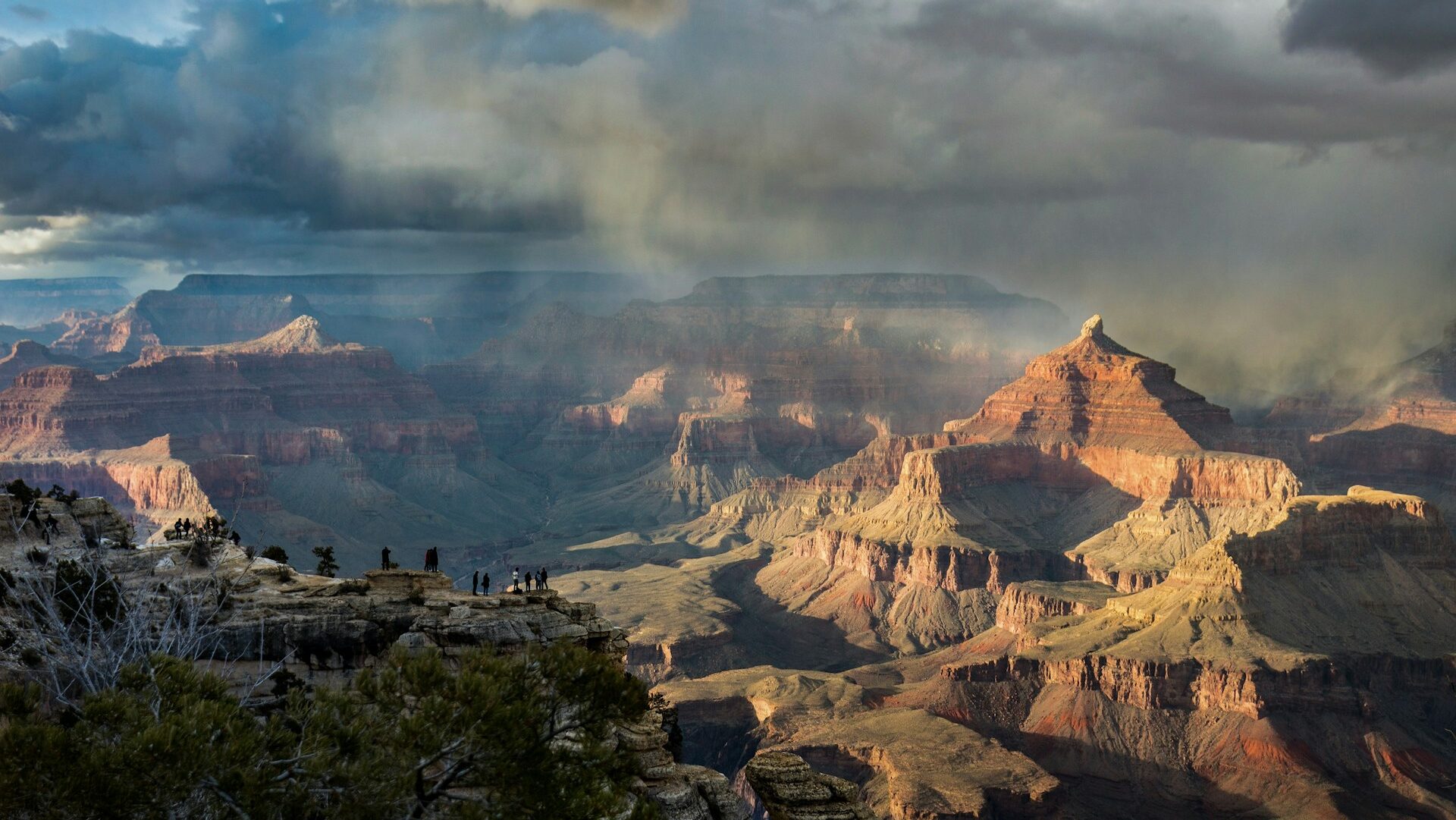
The Grand Canyon is so massive, it creates its own weather
What gives the Grand Canyon its unique color?
“Yes – one of the first things that strikes people about Grand Canyon is all the colorful rocks, and the amazing diversity of their appearance. Each layer of the canyon formed in a different environment – from beaches, to river deltas, and mudflats under the ocean. All of these contributed the different minerals inside the rocks, and that gives them all the different colors.
“It’s the iron-rich sediments that give us those beautiful red and pink and magenta colors. While desert environments and ocean floors are often dominated by sandstone and limestone, which can tend to be a little more dull than those red colours, they also have a diverse amount of minerals to give them a little bit of flair.”
So the Grand Canyon is like a visual record of the Earth’s history?
“Exactly. We get a lot of Geologists who are particularly interested in the vast amount of historical data on display out here – these sediment layers are a record of the time before the dinosaurs. You don’t find a lot of those layers around the world, and we have such a complete suite of that strata here – we’re very lucky, it’s really exciting.
“Also, we’ve got a lot of caves, and the movement of groundwater is of particular interest to geologists. It’s maybe one of the last pieces of the Grand Canyon puzzle: how the underground movement of water affected the erosion out here.”
It sounds like you find the science part interesting?
How has your understanding of Grand Canyon evolved over time?
“Science is always changing, and our understanding of things changes as well. The first geologist to study the Grand Canyon thought that the river was the oldest feature out here, and that the canyon came later. But that was because they thought that the river was staying at one level, while the land was going up and the river just carved right through it.
“Now we know, due to ongoing science and more studies, that the river is kind of a young feature in this area, and it’s only recently carved Grand Canyon in the last 5 million years. And mostly by doing that from the top down.”
Save up to $3,000* per couple on your first Premium Tour
Plus receive latest offers, travel inspiration, and discover how your travels will make a positive impact. Together, WE MAKE TRAVEL MATTER®. Subscribe NowWhat question do you get asked most often?
“A lot of people want to know where they can find the best view. I gotta be honest, there’s no bad view of the Grand Canyon. They’re all spectacular, but there are certain viewpoints I like more than others.
“Desert View has an incredible view of the Colorado River. Probably the best from the south rim of the canyon. Also Mather and Hopi points offer amazing views especially for sunrise or sunset.”
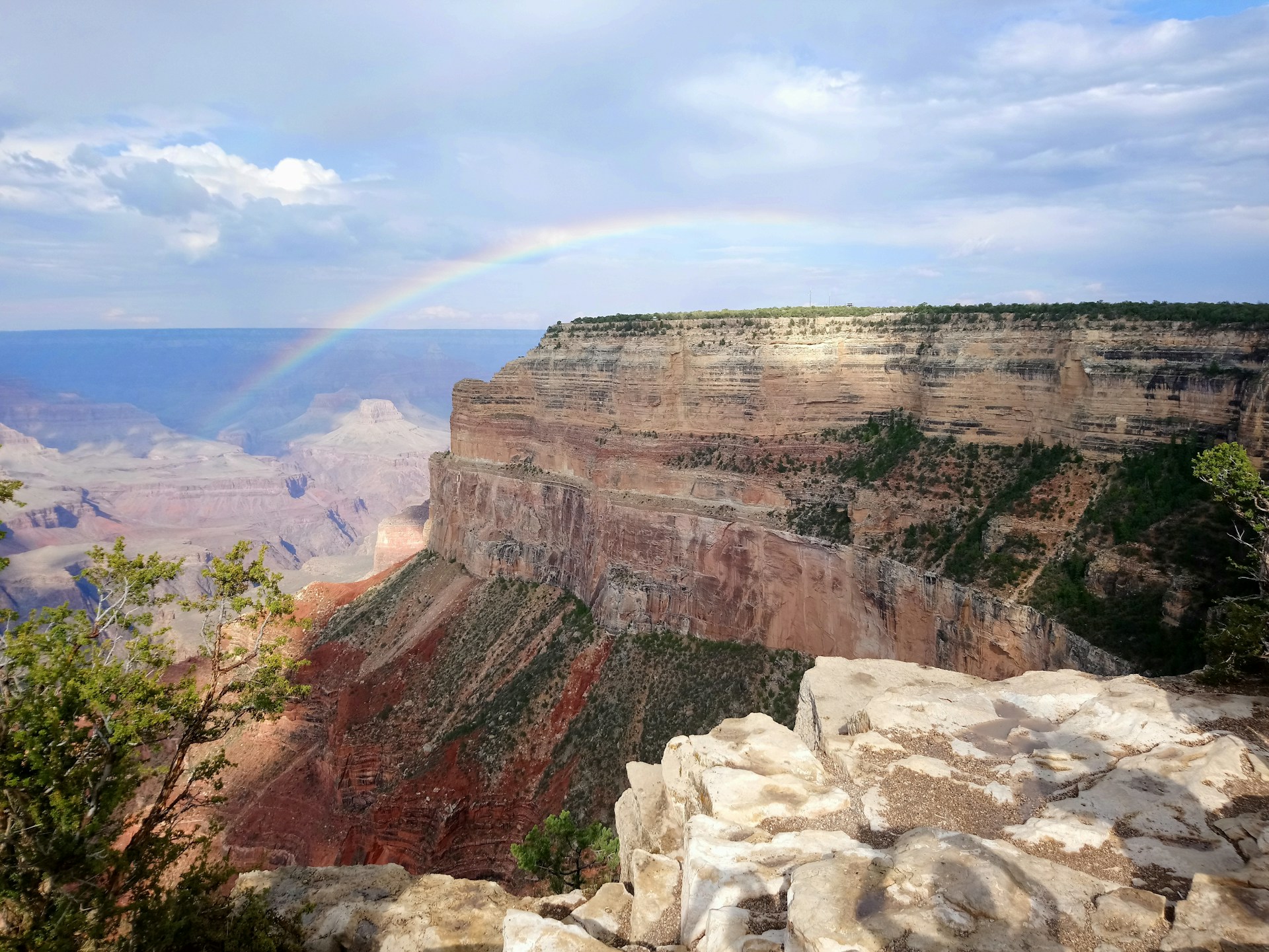
How about myths and misconceptions?
What one piece of advice would you give to someone visiting the Grand Canyon?
“It’s important when you come here to leave no trace. That’s how we preserve and protect the Grand Canyon so be sure to make sure you keep your belongings with you. Don’t leave anything lying around that might accidentally blow into the canyon or roll off the edge.
“The Grand Canyon was designated a UNESCO heritage site several years ago. This is important to help preserve the canyon and give it greater international recognition. By partnering with agencies and groups all throughout the world, the National Park Service can better accomplish its mission of keeping this place exactly how it is.
“As Teddy Roosevelt said: “Leave it as it is. You can not improve on it. The ages have been at work on it, and man can only mar it.”
“Also, I recommend getting any souvenirs at the Grand Canyon conservancy gift shops. They’re the parks nonprofit partner, and all of the money that you spend there will go back to projects to further enhance visitor experiences, and to help preserve and protect the canyon.”
You may also like: Wild and Free: Why June is the Best Time to Visit Yellowstone National Park
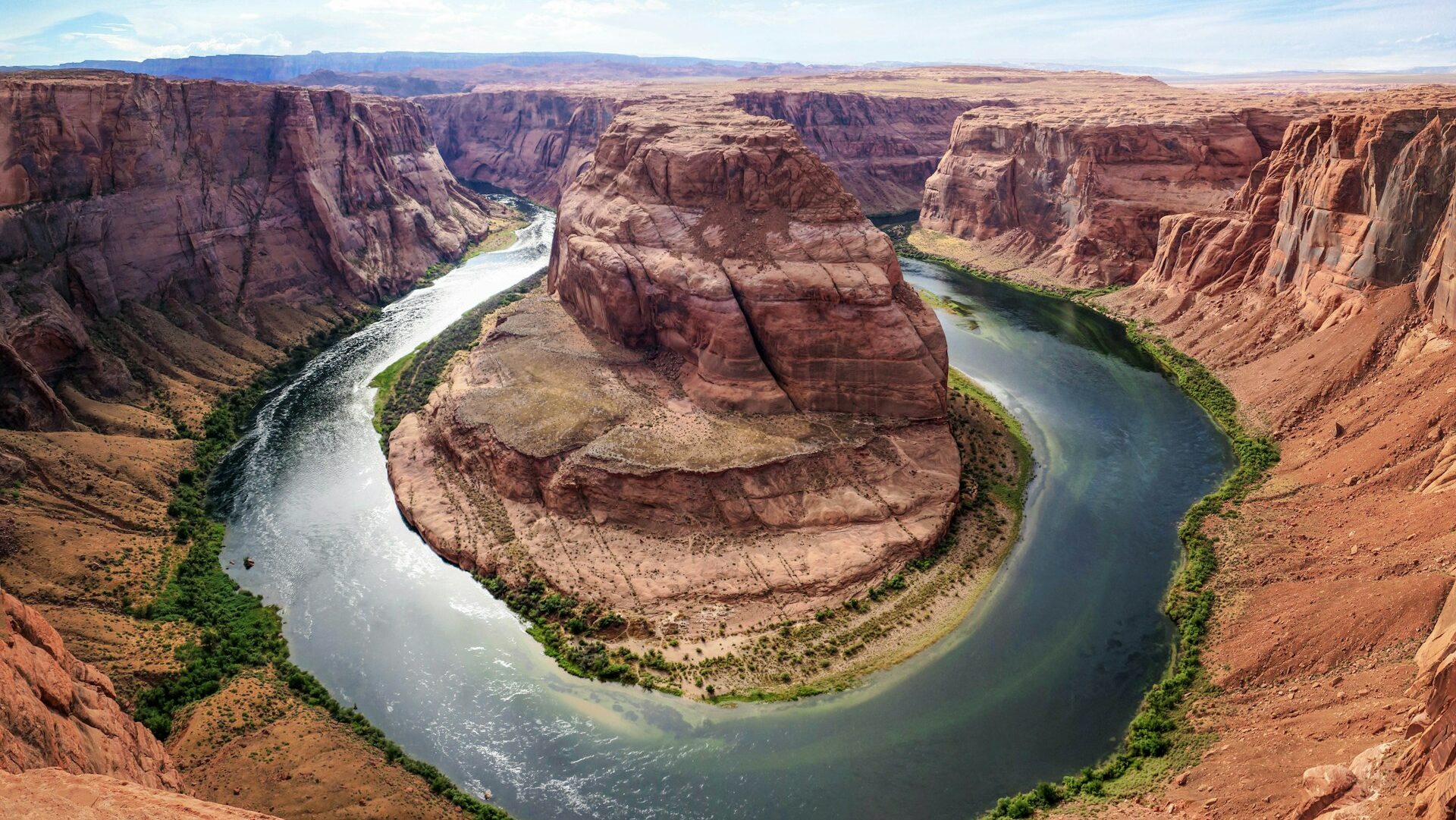
Grand Canyon National Park is bigger than the state of Rhode Island
This has been incredibly interesting. For anyone seeking more information, where can they go?
LIKED THIS POST? SHARE WITH YOUR COMMUNITY
